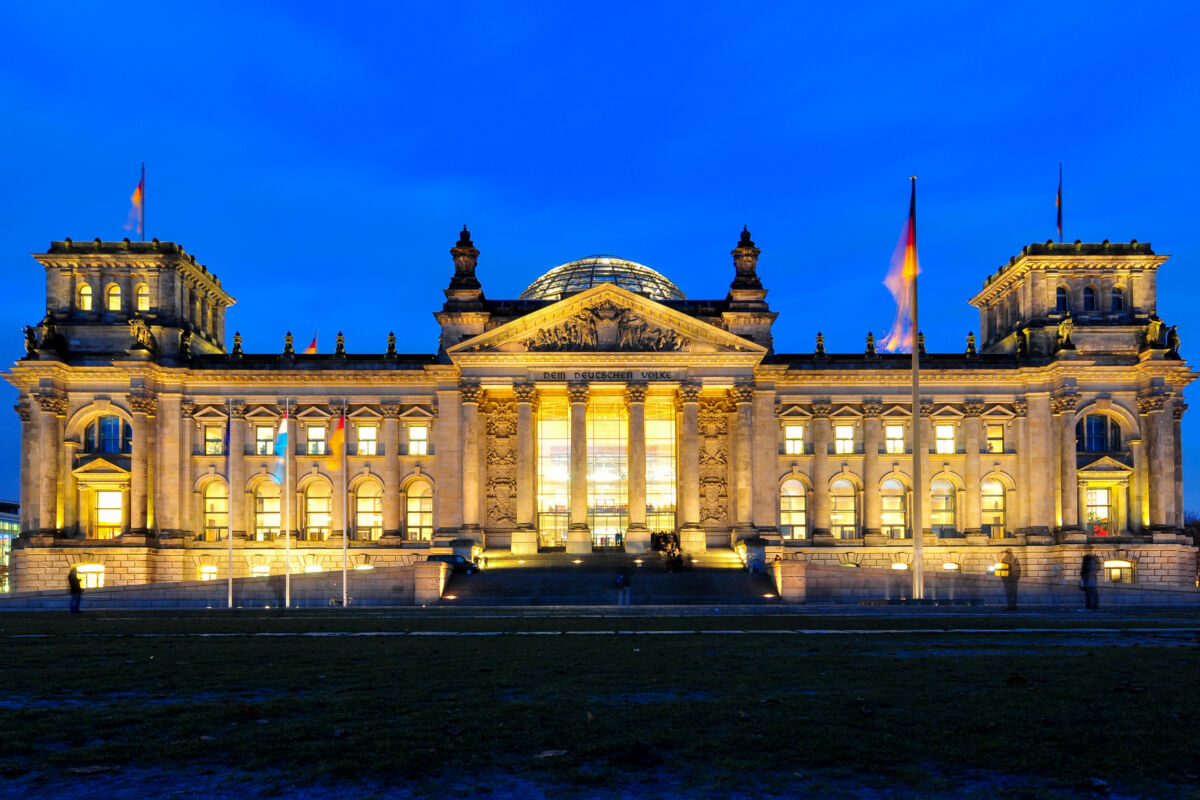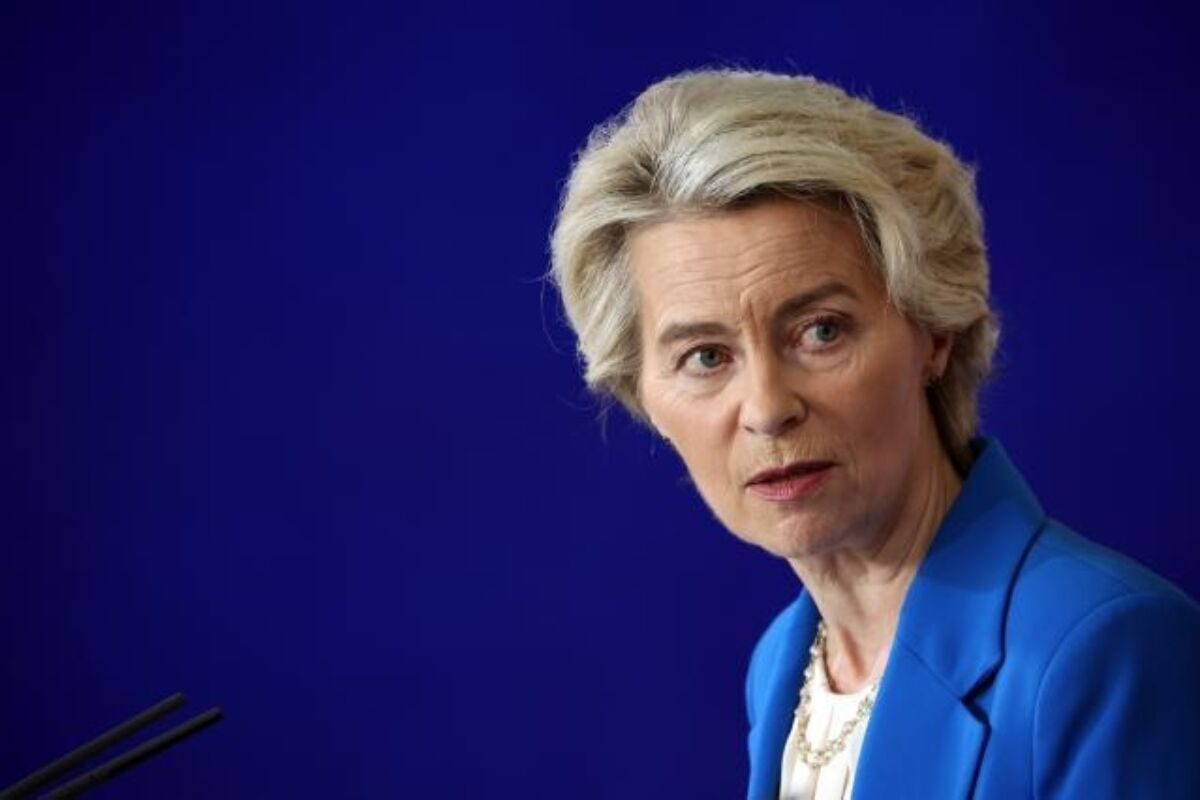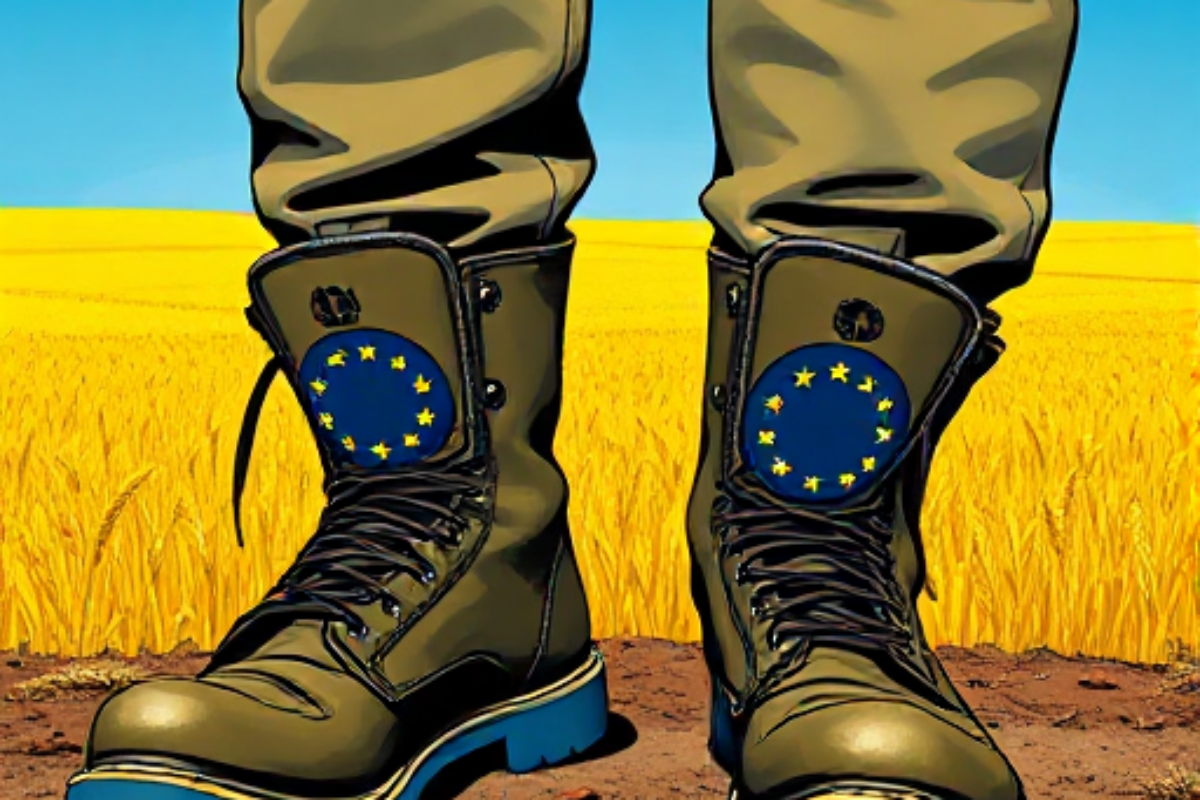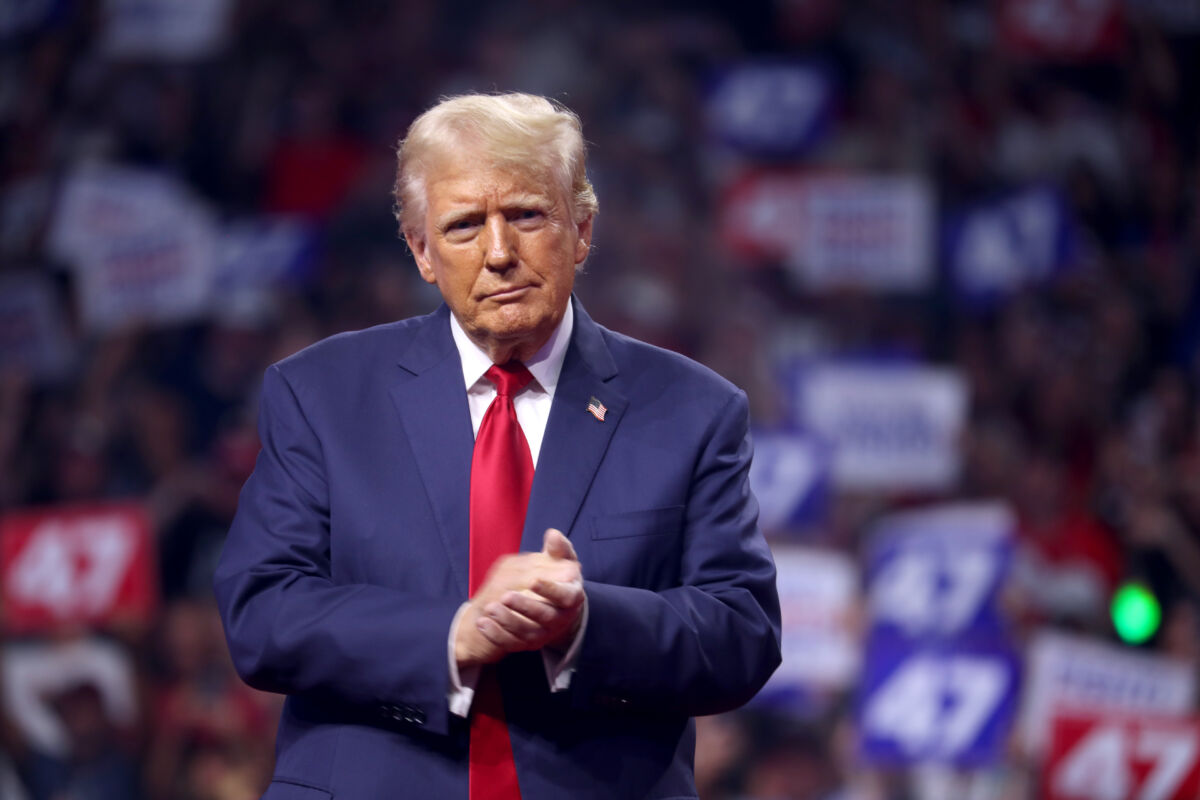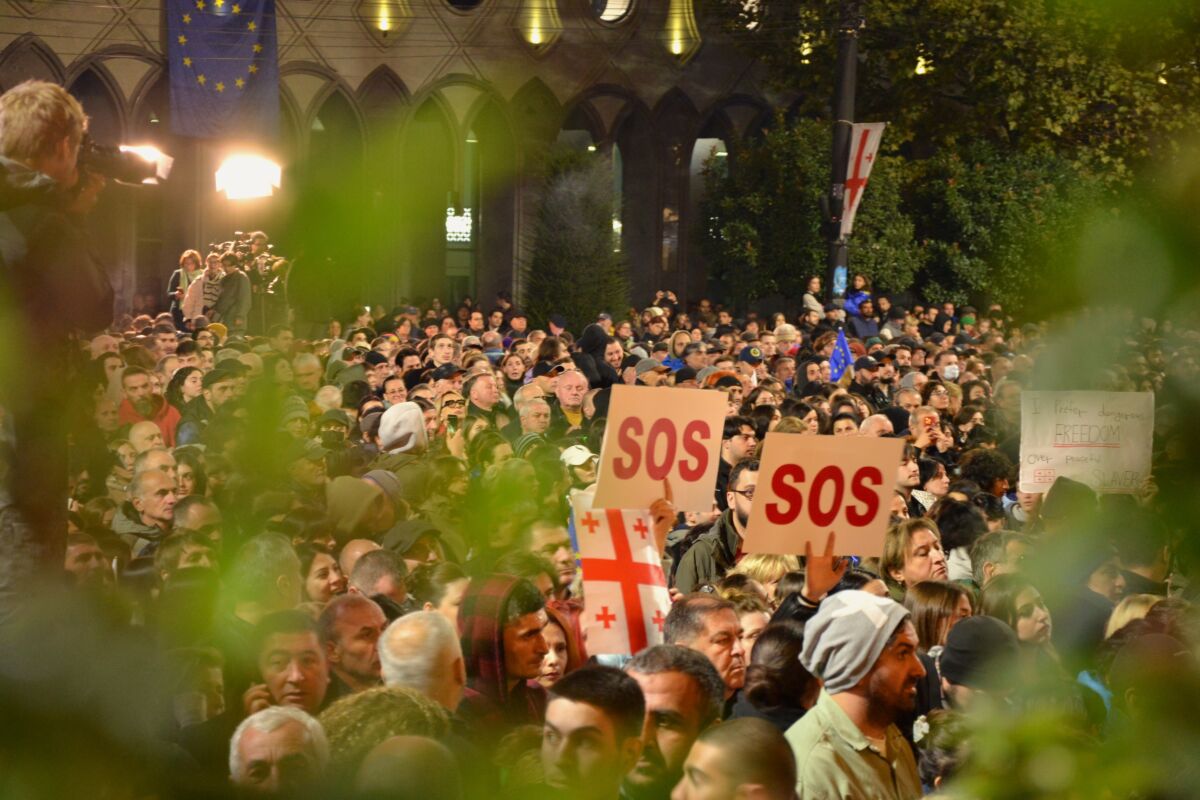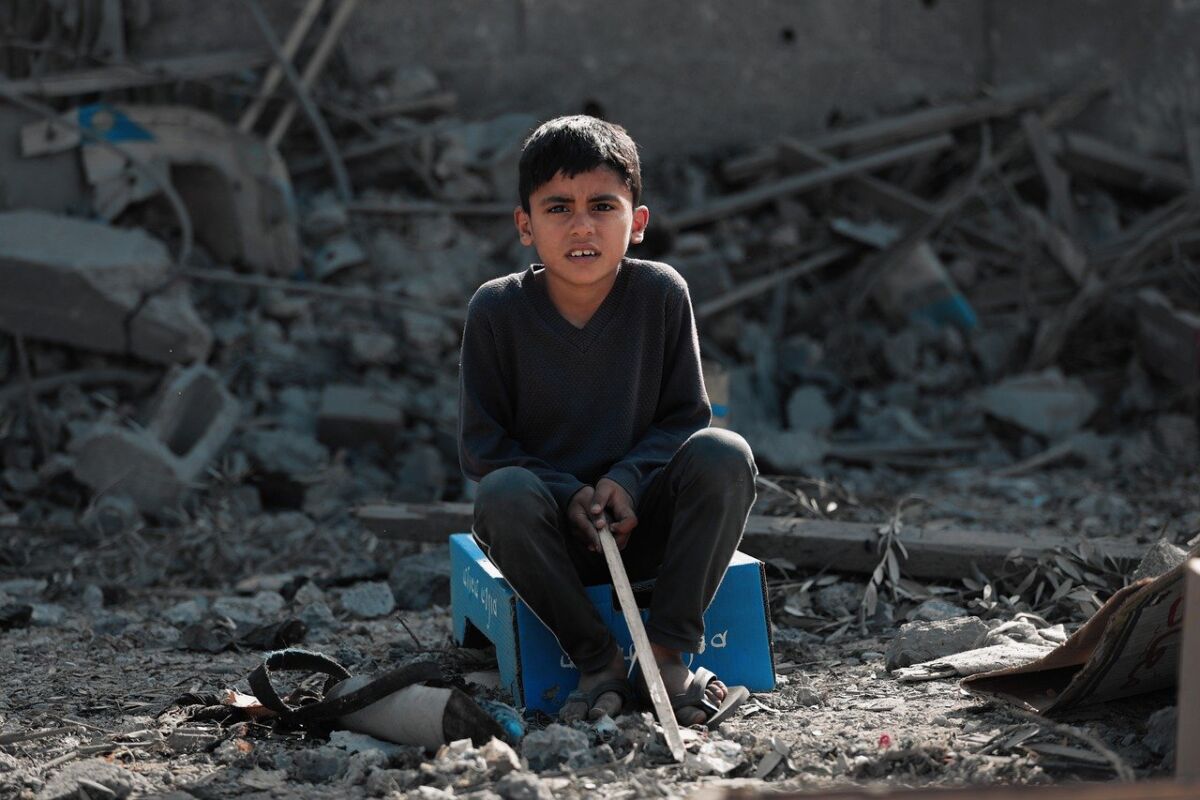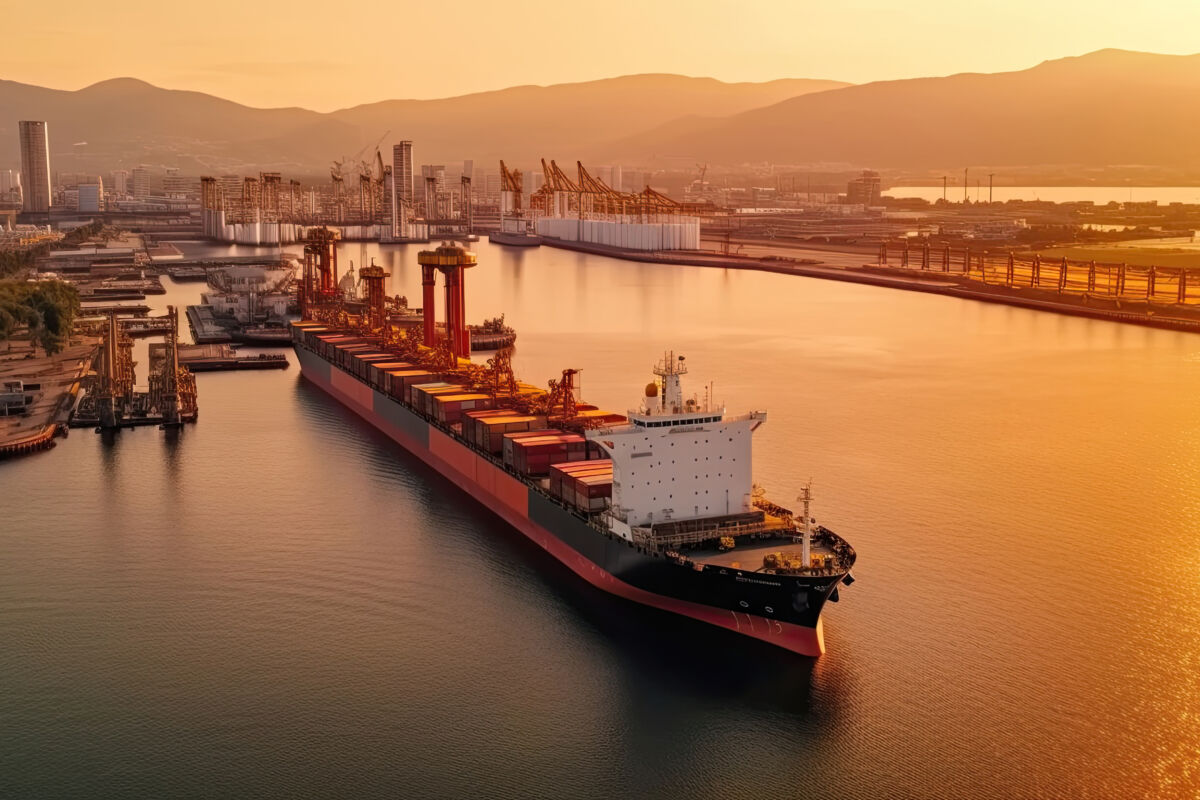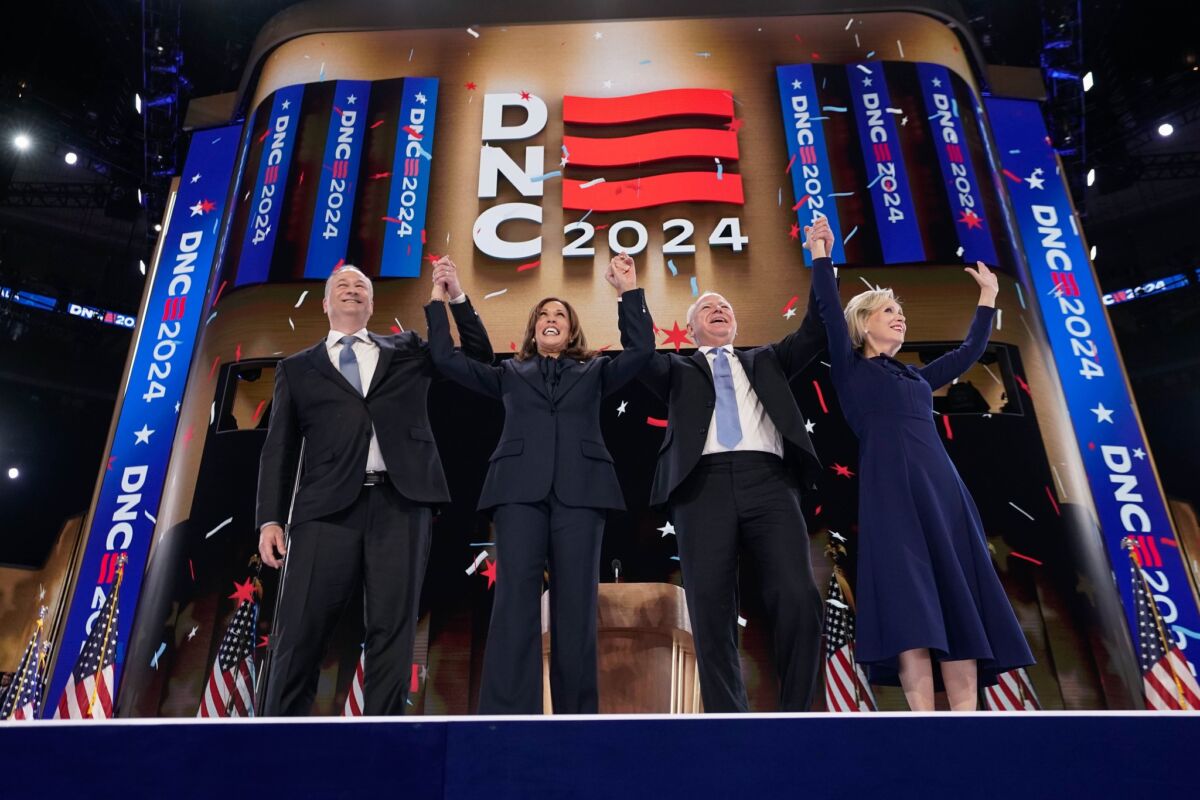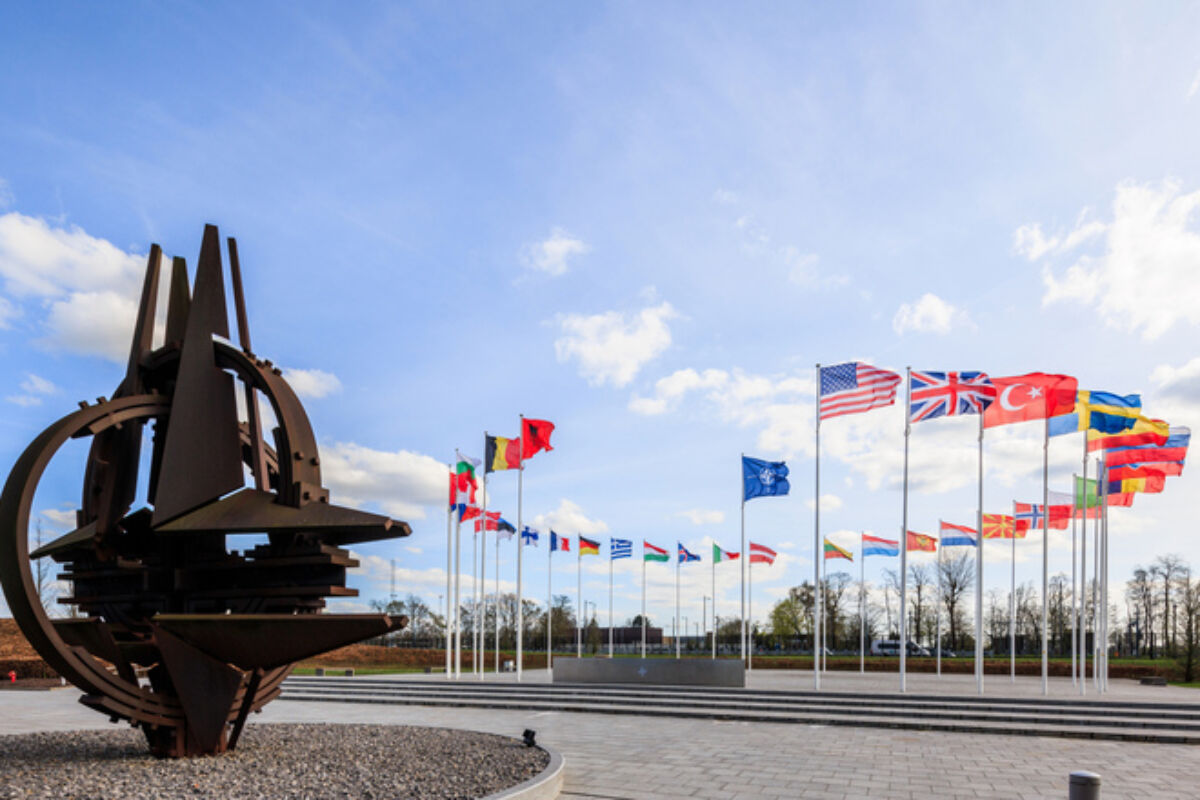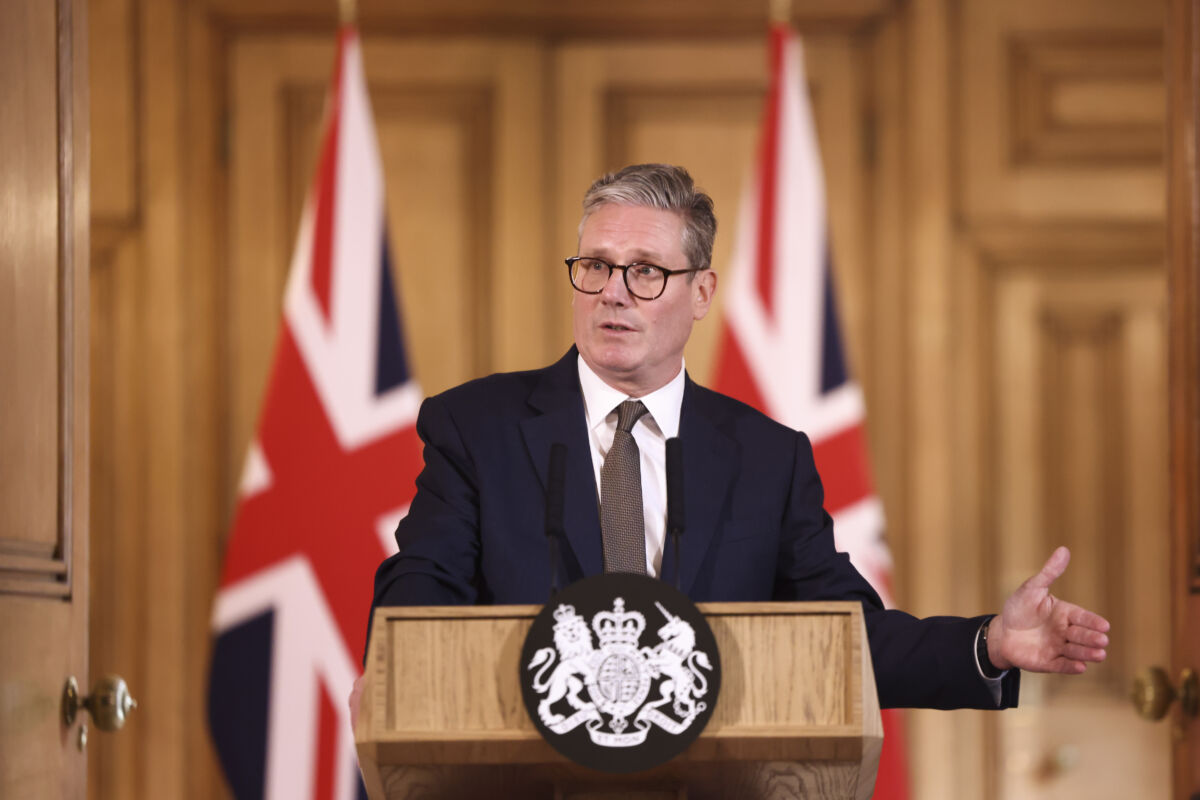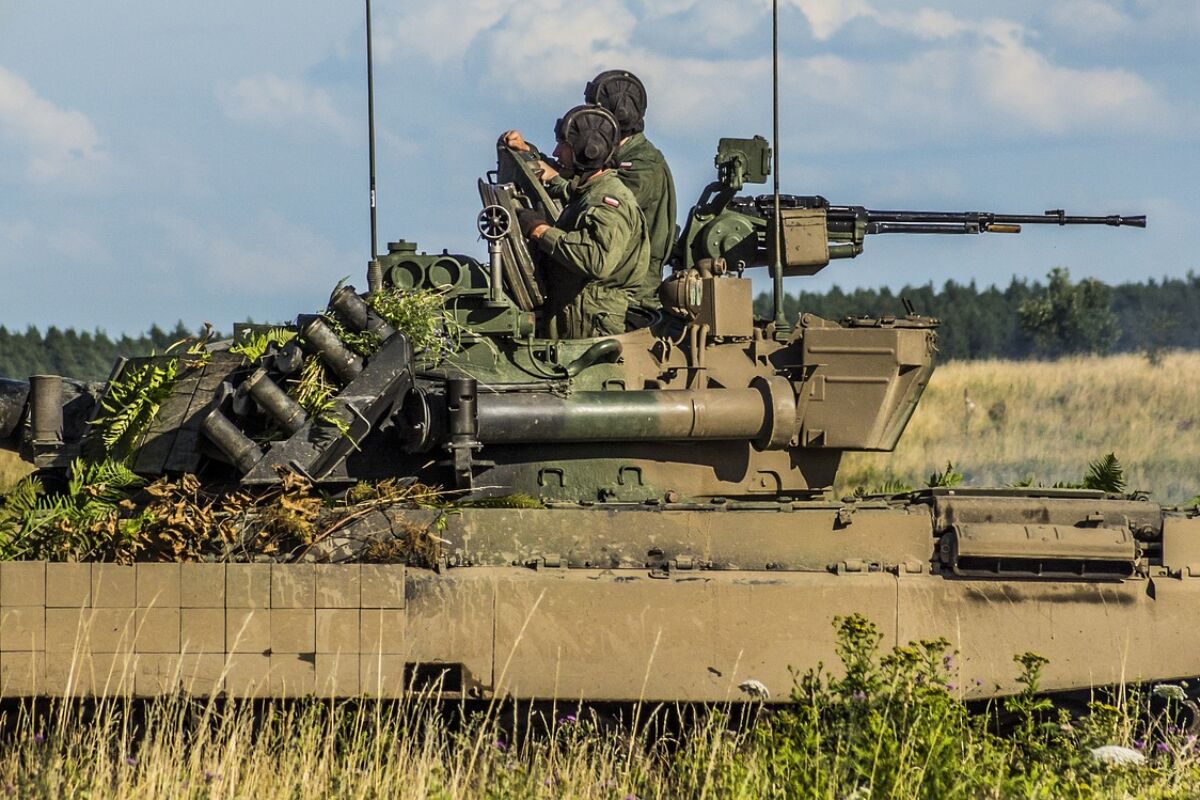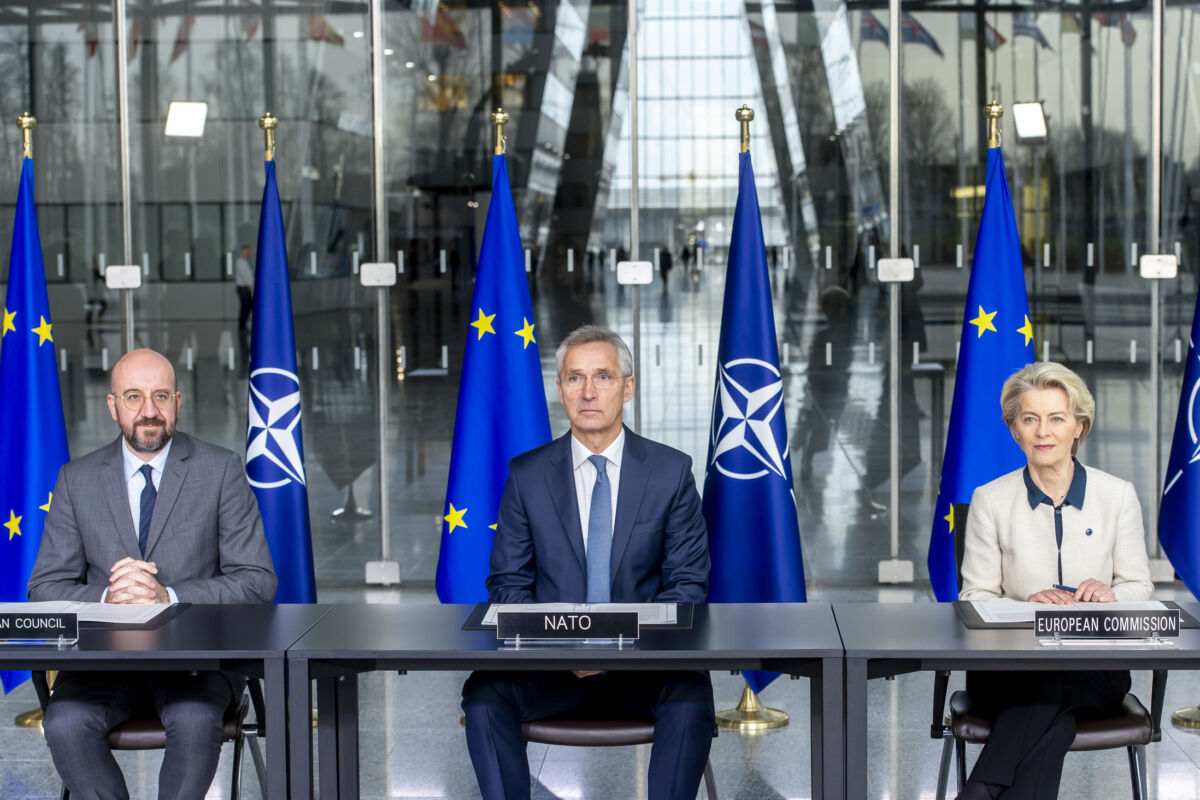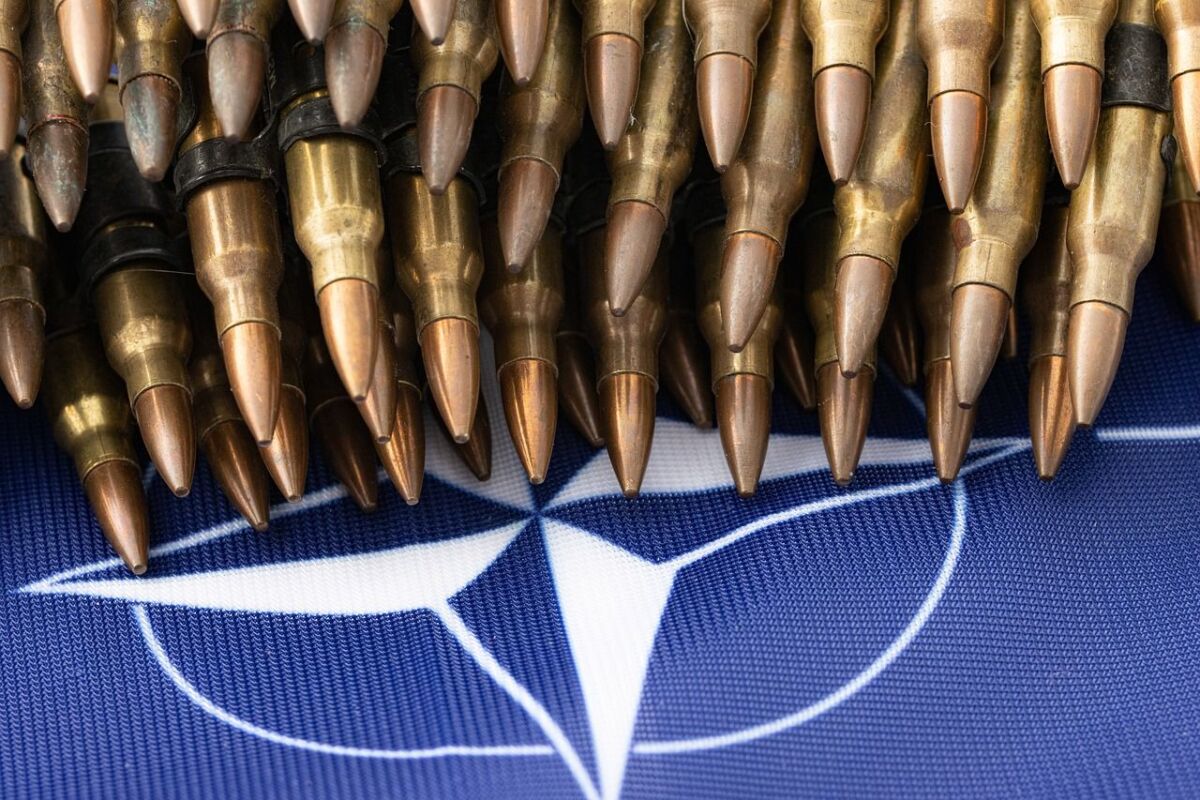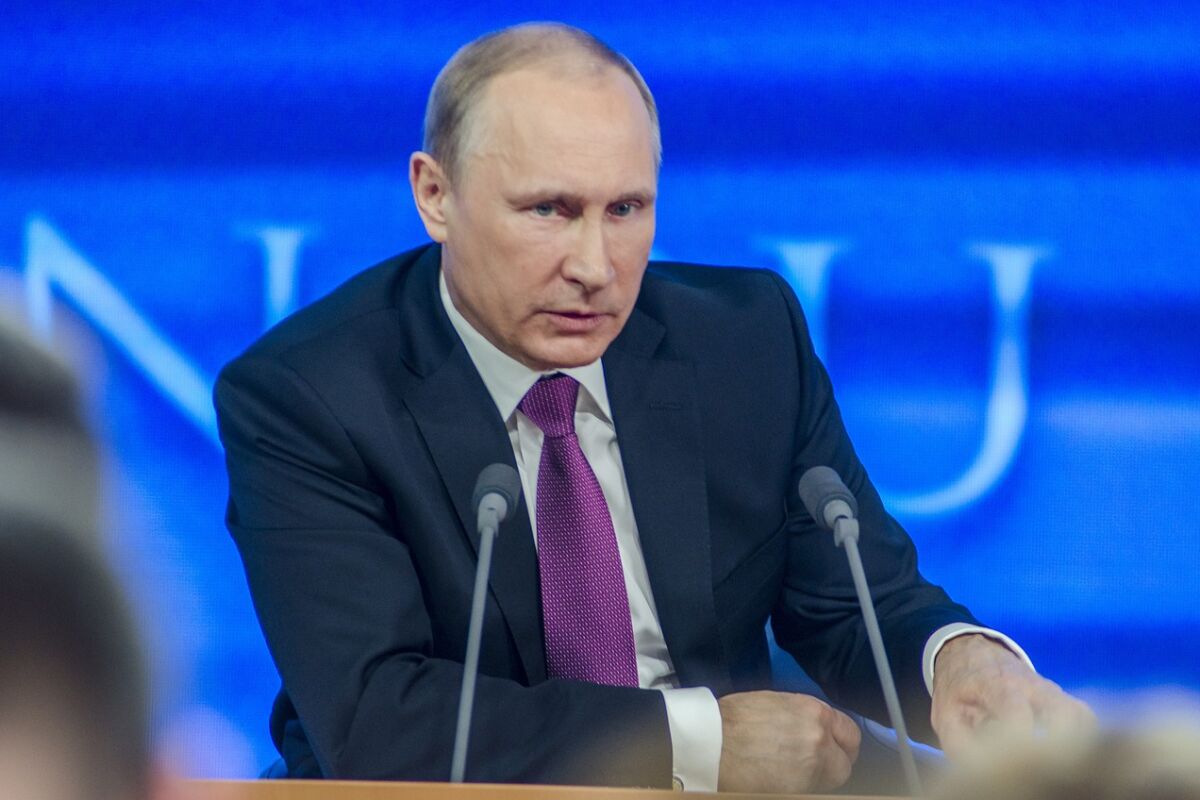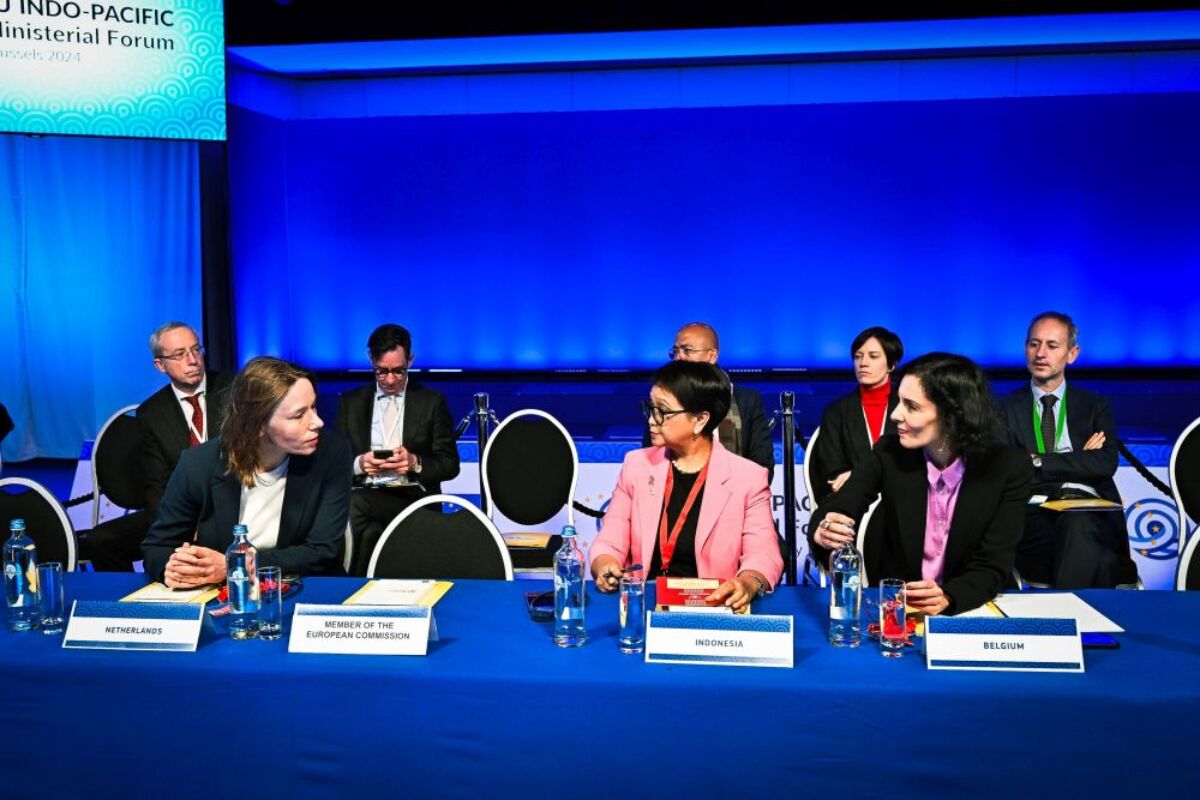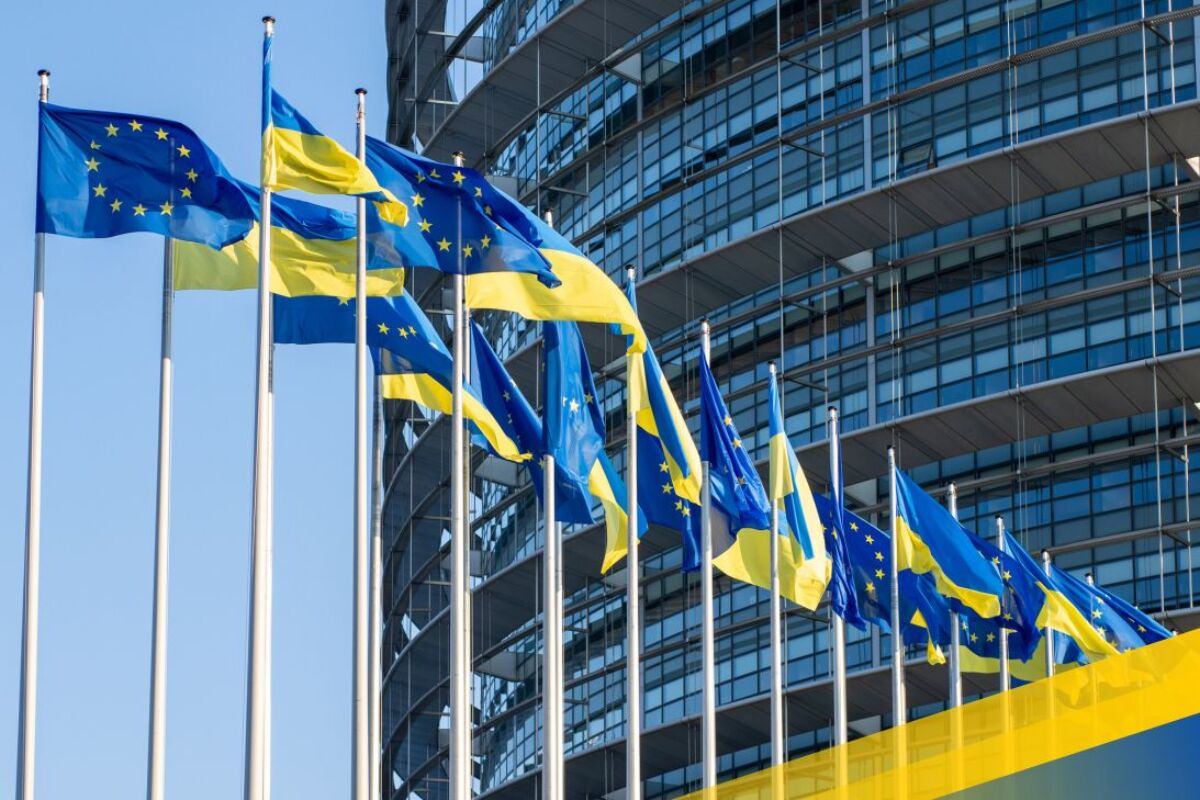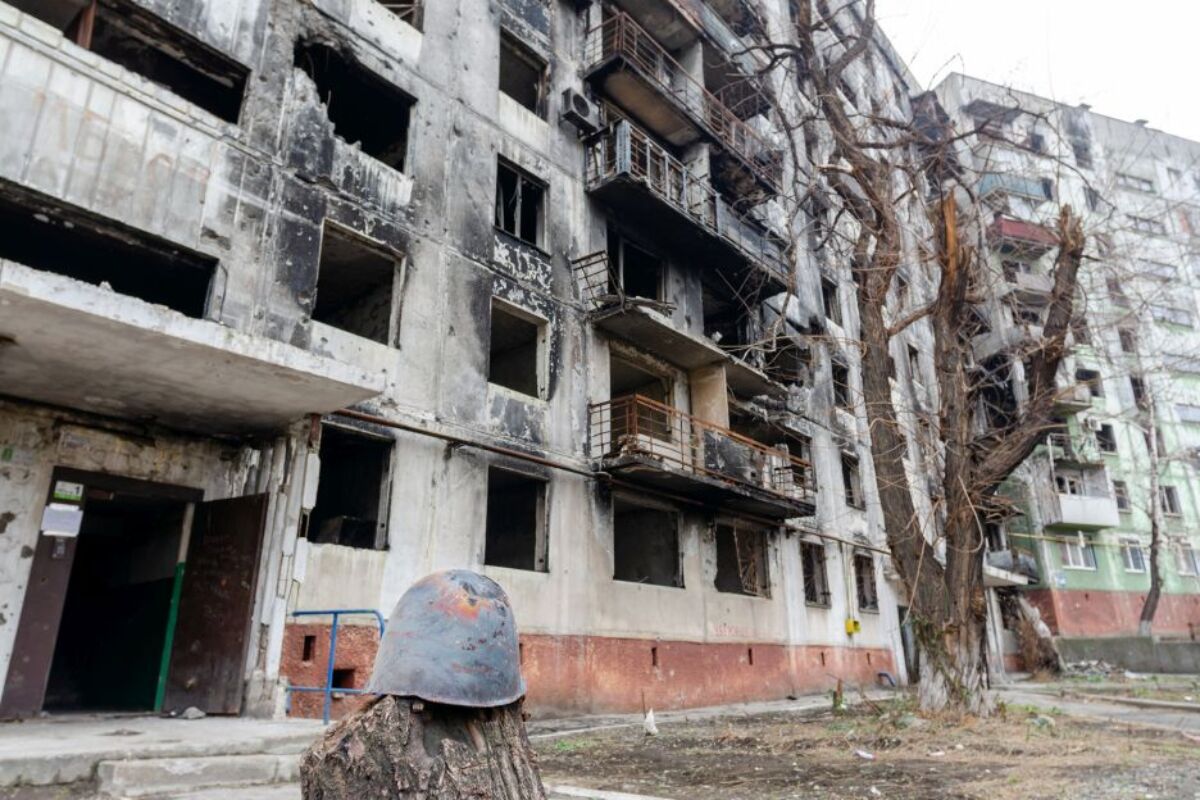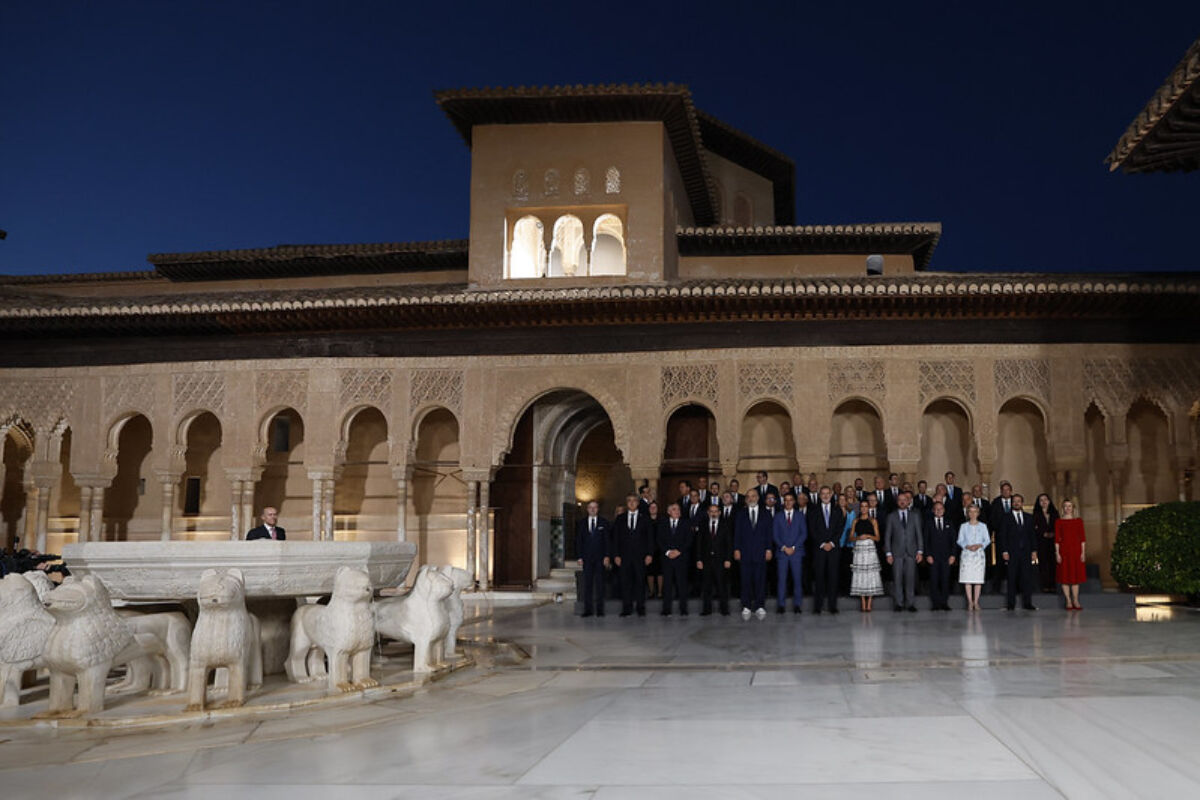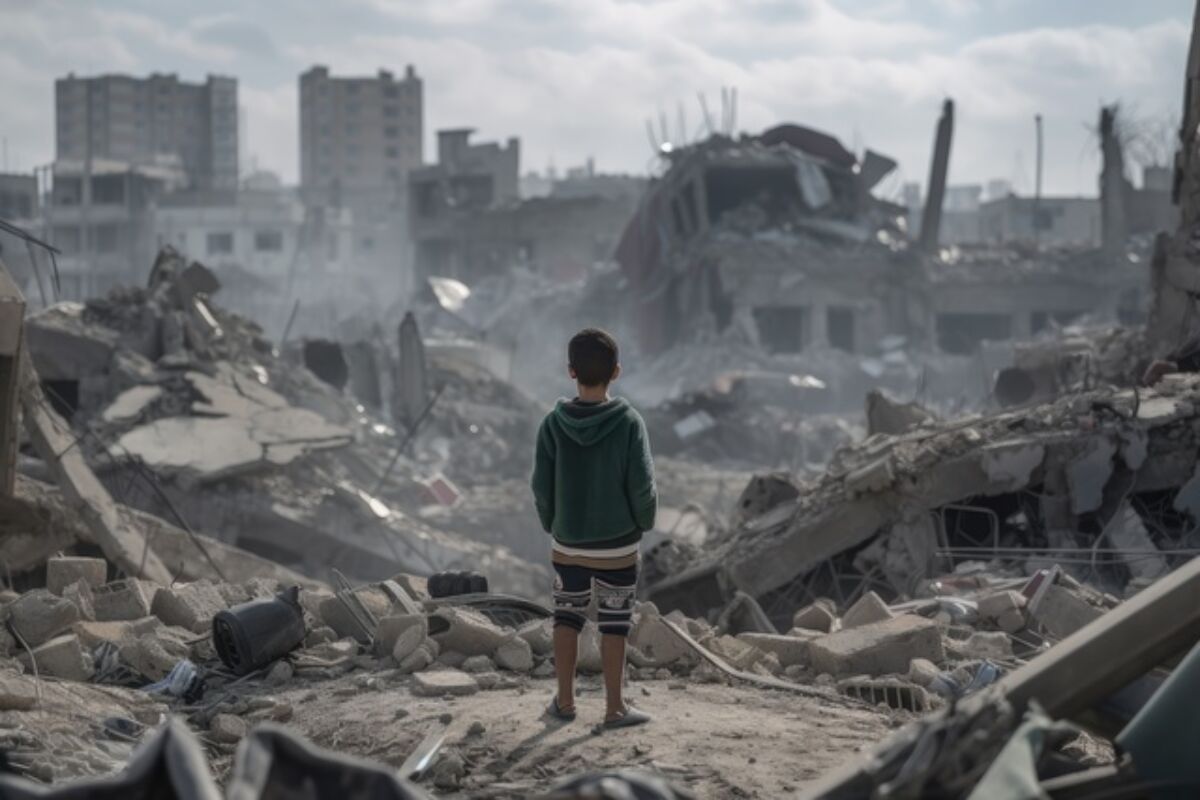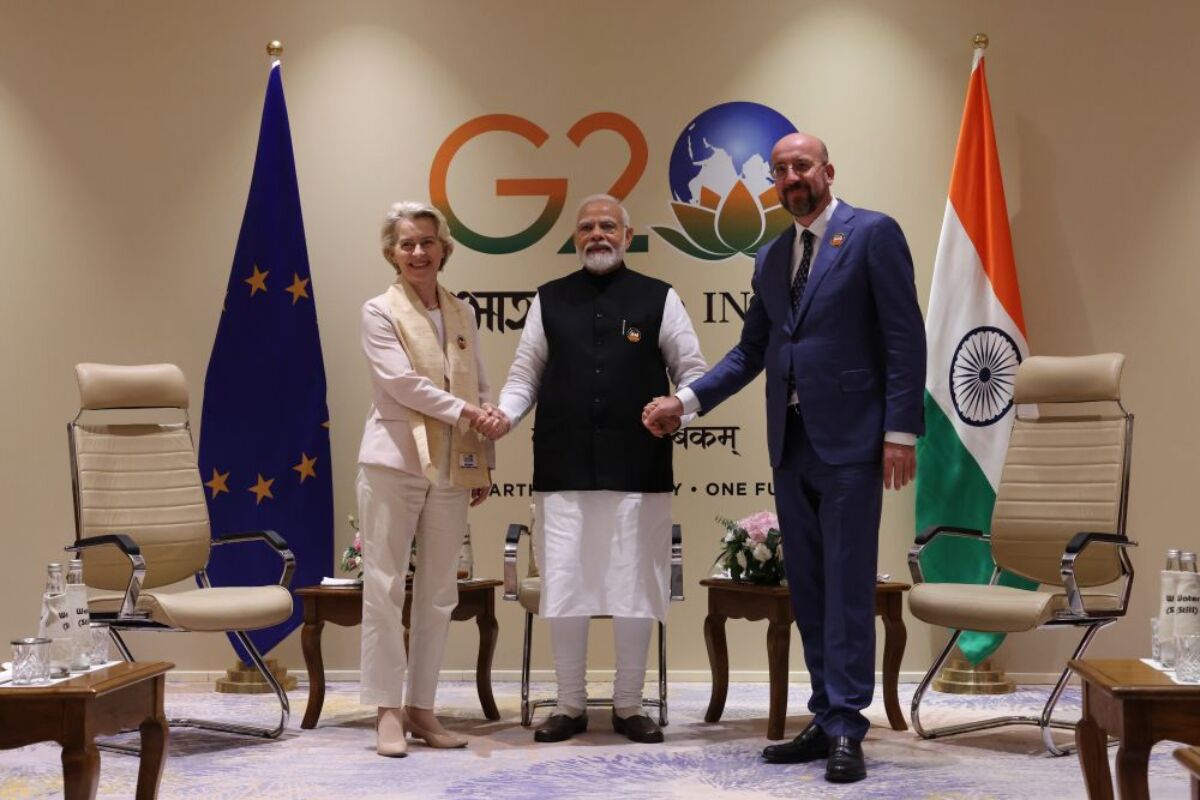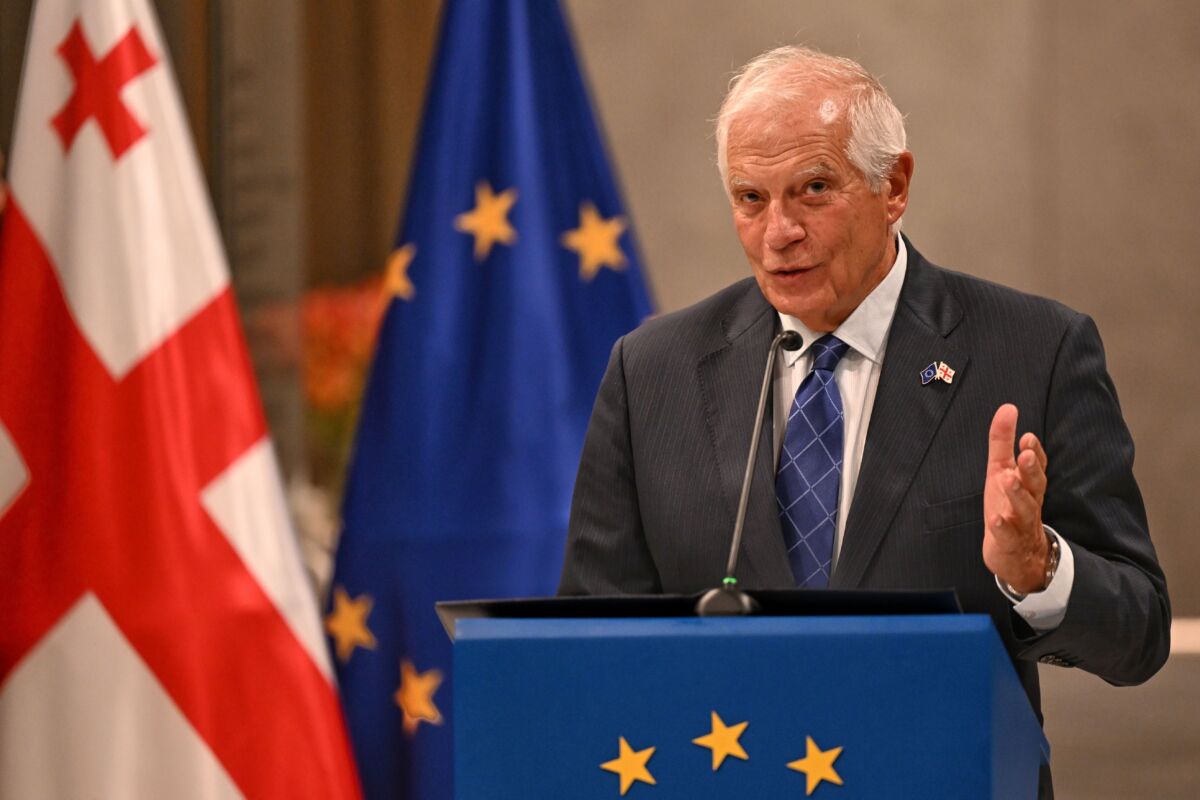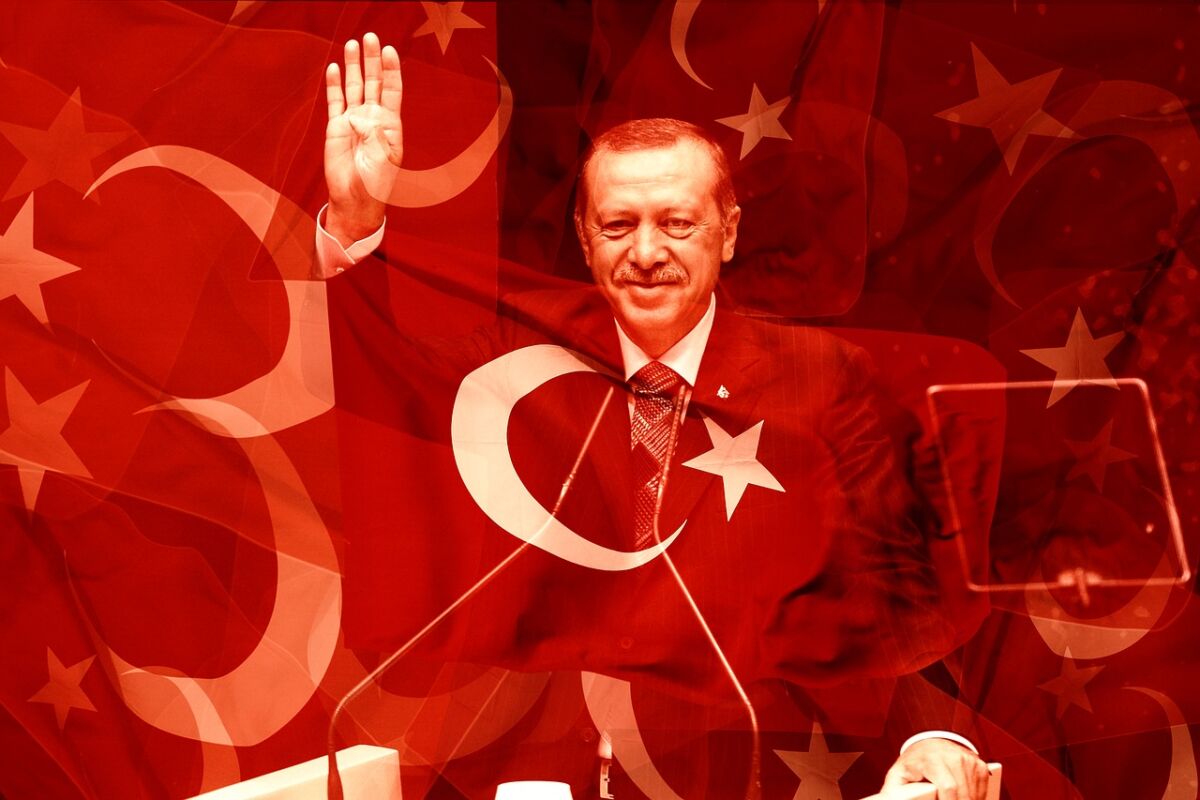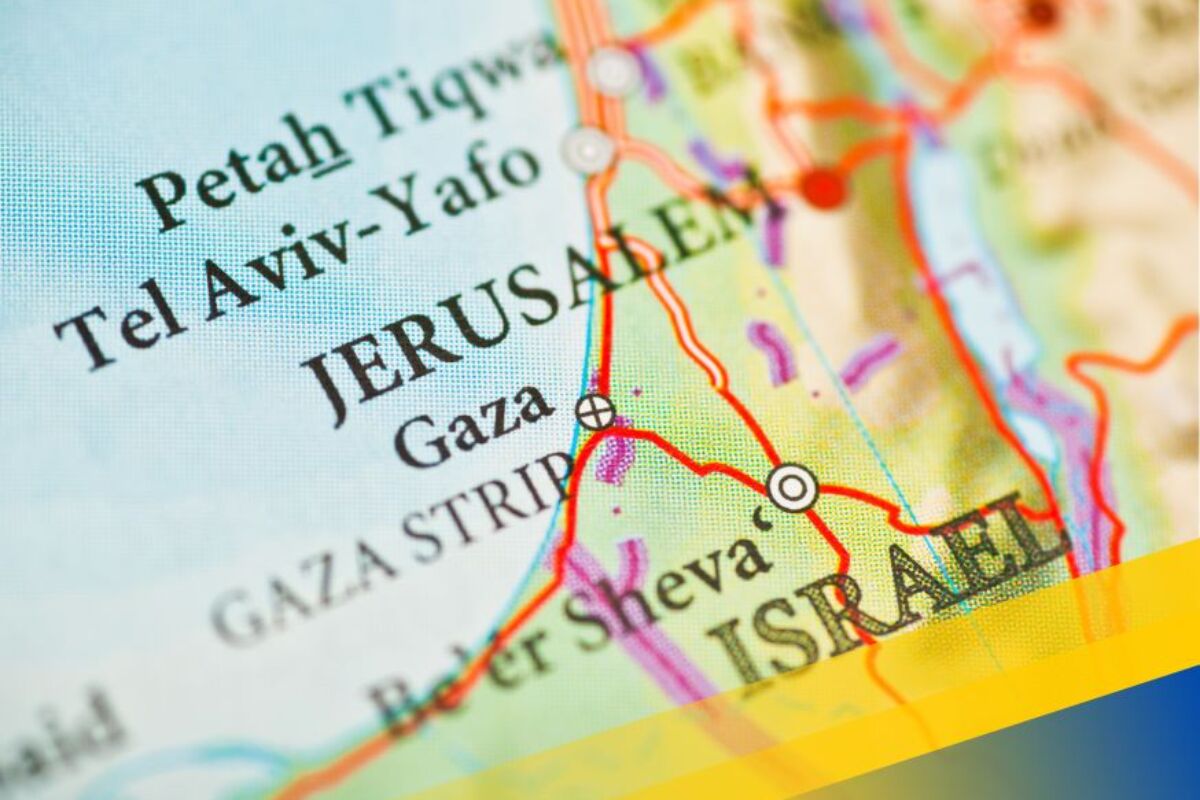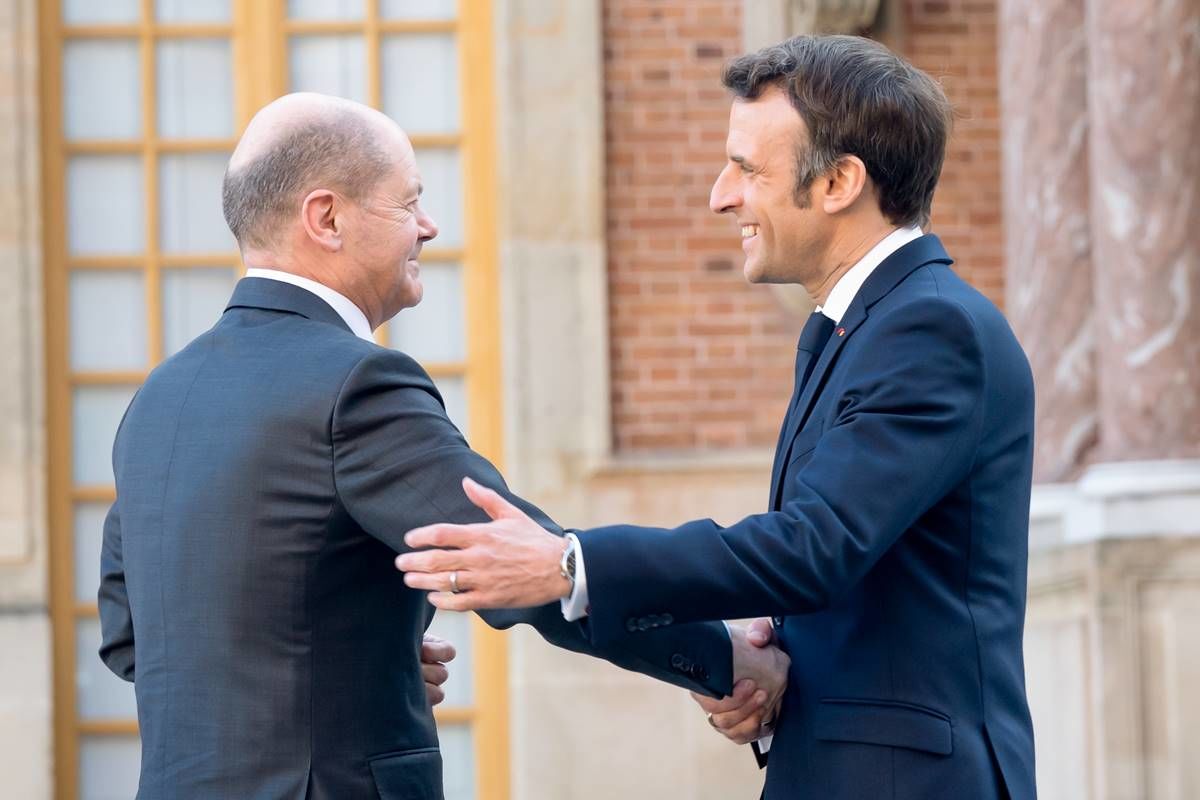For the EU, Central Asia has always been a lower priority area given the greater interests and more urgent developments in its immediate neighbourhood. But NATO withdrawal from Afghanistan, the export of violent extremism after the rise and fall of ISIS, massive Chinese investments, and Russian attempts to regain influence have inflicted collateral damage on the EU in the promotion of its interests formulated in the 2007 Central Asia Strategy. Adopted by the June Foreign Affairs Council under the sub-heading “New Opportunities for a Stronger Partnership”, the 2019 EU strategy is essentially a repackaged, albeit much more detailed, version of the former one, with core ideas in “connectivity” remaining the same with regard to sustainable, comprehensive, and rules-based initiatives. There is, however, a collateral benefit to be obtained for the EU in the pursuit of its interests in the most salient domains of transportation, border management, and commerce.
What’s the Damage?
The rather underwhelming articulation of priorities adopted in the new strategy comes with the sobering realisation that the EU inherently cannot and indeed should not try to compete for influence in numerous dimensions. China has invested an estimated €22.5 billion in Central Asia since the launch of its Belt and Road Initiative (BRI) versus a timid €1 billion of EU aid. With all its recent engagement, China has come to dominate four out of five countries’ share of total foreign trade. There’s nothing in the EU’s strategy that will change this. Central Asian political elites benefit from the “ideological cushion” and limited strings that China attaches. In turn, Kazakhstan, Kyrgyzstan, Tajikistan, Turkmenistan, and Uzbekistan are betting, to varying degrees, on the BRI and regional organisations such as the Shanghai Cooperation Organization. Such cooperation helps to hedge against Russian efforts to coax Central Asian capitals into joining or increasing their cooperation within the Eurasian Economic Union (EaEU).
The EU, for its part, cannot rival Russia’s historical legacy in Central Asia’s economy, even with the influence of Russian as the lingua franca among younger generations declining. Uzbekistan, Tajikistan, and Kyrgyzstan remain the largest recipients of remittances from Russia with numbers having risen 4.8 percentage points since 2016. Despite Kyrgyzstan being a GSP+ beneficiary aiming for economic diversification, over one-third of the country’s GDP still depends on remittances. Conversely, the only free trade agreement that might make a difference to the EU would be with Kazakhstan. This, however, is a nonstarter given Kazakh membership in the EaEU.
Brussels must also come to terms with the fact that even with the Caspian Five settling the row over the sea’s legal status, Central Asian countries are not going to become major energy partners for the EU anytime soon. Despite references to the Trans-Caspian Pipeline (TCP) stubbornly re-appearing in the 2019 Strategy, it remains an infeasible and dated idea, not just because of the flat rejection of both Russia and Iran on geopolitical and environmental terms, but also because there are cheaper and more imminent alternatives (e.g., Nordstream 2) before European demand for gas is expected to sharply fall and by the time TCP would be operational, i.e. in 2030/2035.
Collateral Benefit?
The new EU strategy must be interpreted as a light-weight attempt at influencing economic and political processes in the region. The name of the game is building “resilience” of Central Asian countries, mainly against unnamed predatory Chinese and Russian tendencies. In that sense, the strategy is well placed to play on what soft power leverage the EU does have in the region, i.e. attraction for its educational and business models, by presenting its vision of “connectivity” as a forward-looking, innovative, and equity-based alternative that will benefit societal development in the long-term.
The main point is to reinforce to Central Asians that Beijing’s version of “debt-trapped” connectivity in East-West transport corridors will not necessarily lead to sustainable economic development. Local populations are already aware of this fact as evidenced by the growing Sinophobia and contention that governmental courting of Chinese FDI is only serving the elite. Luckily for Brussels – and perhaps this is a consequence of its limited engagement with the region in the past – the EU still holds an image of positivity, stability, non-aggression, and benevolence amongst ordinary Central Asians, despite recently diminishing clout given the interlocking crises that have affected the Union.
The combination of soft power and a newly found European pragmatism is well-received in Central Asian capitals and may serve to benefit the EU collaterally as the BRI gains momentum, thus creating an environment favourable for implementing the Union’s broader strategy on Connecting Europe and Asia (2018).
For instance, while China is unilaterally financing CAREC Corridor 1b, Central Asians themselves are motivated to launch and fund their own infrastructure development projects in line with the BRI (ex. Kazakhstan’s Nurly Zhol). The benefits for European transport companies are already visible: the first overland delivery of European goods bound for China arrived in a record twelve days via Kazakhstan in February of this year, proving that the BRI can be a ‘two-way’ street.
Uzbekistan as the linchpin
In this regard, a newly-opened Uzbekistan is at a test case: the upgrade of relations with the EU (through GSP+, support for membership of the WTO, and the negotiation of an Enhanced Partnership and Cooperation Agreement) and the implementation of border reform projects will enhance its chances to economically benefit from BRI investments through competitive transit corridors. Cases in point are the China-Kyrgyzstan-Uzbekistan-Afghanistan multimodal railway, with access to the ports of Pakistan, Iran, and the Indian Ocean, and the China-Kyrgyzstan-Uzbekistan railway connecting China with Iran and Turkey, which would cut travel time to Europe to 7-8 days.
At the moment, the political and business elites are strategically seeking to engage with the West in infrastructure development and trade to both diversify and attract foreign investment. However, Russian President Vladimir Putin’s attempts to court Uzbekistan into his camp by offering economic concessions that until now had only been available to full members of the EaEU, may complicate matters.Unprecedented Uzbek rapprochements with the rest of Central Asia has resulted in numerous, but stagnating, commitments to reform borders. Here lies an opportunity for the EU to jumpstart its vision of seeing the region functionally integrate. By helping Uzbekistan to establish trust-based bilateral relations with its neighbours through the sharing of technical and administrative best practices (cf. the EU’s long-standing project on Border Management in Central Asia – BOMCA) and extending Twinning and TAIEX (Technical Assistance and Information Exchange) funding to the other countries of the region on cross-border issues such as water management, Russian remittances, and even post-Soviet tourism, the EU could facilitate Eurasian trade.
All pragmatism, no principles?
In doing so, the EU may stand a better chance at influencing security governance rather than trying to play the realist political game which is defined by regional and global powers, mainly Russia, China and the US. Cognizant of the fact that Central Asia will remain a low foreign policy priority, the EU has an opportunity to make the most of the “principled pragmatic” approach espoused by the 2016 Global Strategy.
The difficulty in maintaining such an approach is that all Central Asian elites have an inherent interest in preserving the system of patrimonial-authoritarian rule that has allowed them to monopolise politics and commerce. Reforms against most forms of corruption in state agencies that hinder their ability to profit from foreign investment will inevitably meet with enough resistance to make a Saakashvili-style revolution of public administration highly unlikely. Cynically, the EU benefits collaterally even if Central Asian governments fail to reform in the short term, at least insofar as China continues to prioritise BRI investments in the region. This is the rationale behind the Trans-Eurasia Logistics high-speed route, a Berlin-Moscow-Shanghai joint venture that is configured to bypass informal payments and inefficient processing times at the Kazakh border.
However, in its new Central Asia Strategy, the EU (purposely) sidesteps concerns that Beijing is slowly gaining control over strategic infrastructure important to its internal security agenda, especially with regard to the Uyghurs. For one, Chinese President Xi Jinping has only so far averted projecting military power or maintaining bases in Central Asia. But in all of Central Asia’s obsessions with telecommunications systems, high-tech projects, and Smart Cities already lies the framework for cyber espionage and facial recognition surveillance compounded by the very investments and funding the EU seeks to bolster.
The new EU strategy continuously circles back to the “resilience” of Central Asian countries. Clearly, the EU’s soft power-driven approach at influencing economic and political processes in the region will only be able to leverage so much. The collateral benefit to be obtained, however, might just be worth the struggle.





